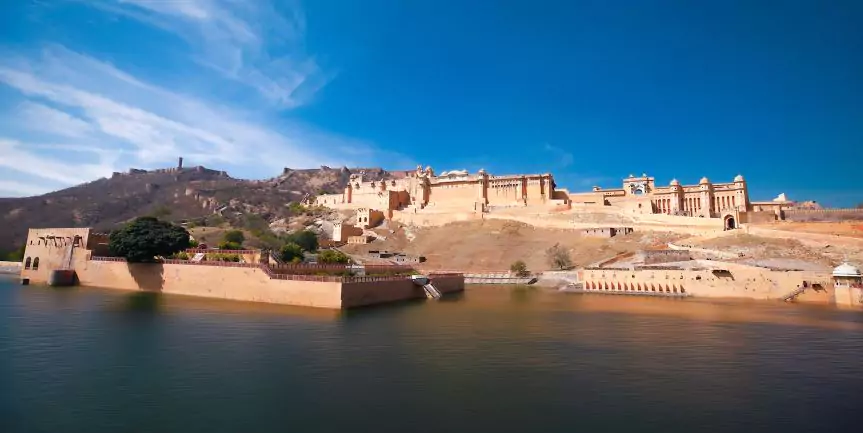Jaipur | History, Map, Population, & Facts


 +34
+34
The capital of the northwest Indian state of Rajasthan is Jaipur. It is located in the state's east-central region, about halfway between Ajmer, which is to the southwest, and Alwar, which is to the northeast. It is the most populated city in Rajasthan.
Built in 1727 by Maharaja Sawai Jai Singh, the walled town with a hilly backdrop to the south was intended to replace the adjacent Amber (now Amer, a suburb of Jaipur) as the capital of the princely kingdom of Jaipur, which had been established in the 12th century CE by the Rajputs. In the late 20th and early 21st centuries, Jaipur experienced tremendous expansion, with its population tripling between 1991 and 2011. The population is a mix of Muslims and Hindus. Early in the twenty-first century, the city was the subject of multiple bombing attacks, with mosques and Hindu temples falling victim.
Jaipur is a well-liked travel destination with excellent air, train, and road links as well as a commercial trade hub. Manufacturing of glass, hosiery, carpets, blankets, shoes, engineering and metalworking, handloom weaving, and distilling are among the industries. Jaipur is well-known for its stone, marble, and ivory carvings in addition to its jewelry, enamel, metalwork, and printed textiles.

The city is renowned for its aesthetic appeal and for having distinctive straight-line planning. Because most of its buildings are rose-colored, it is occasionally referred to as the "pink city." The main structures are the City Palace, which houses the Jaipur royal family; Jantar Mantar, an outdoor observatory from the 18th century that was inducted into the UNESCO World Heritage list in 2010; Hawa Mahal, well known as the Hall of Winds; Ram Bagh Palace; and Nahargarh, often known as the Tiger Fort. There are also libraries and museums among the public structures. The University of Rajasthan was established in 1947 and is headquartered in Jaipur.
Fertile alluvial plains to the east and south, and hill ranges and desert regions to the north and west, encircle the city. The main crops farmed in the area are cotton, pulses, barley, gram (chickpeas), and bajra (pearl millet). Deposits of garnet, marble, copper, mica, feldspar, iron ore, and beryllium are worked. Sariska National Park to the northeast is one of the neighboring attractions in addition to Amer. Population: 2,322,575 in 2001; 3,046,163 in 2011.
I actually found the place by luck, I didn’t ask anyone for directions, I just drove my car up and down the Jaipur